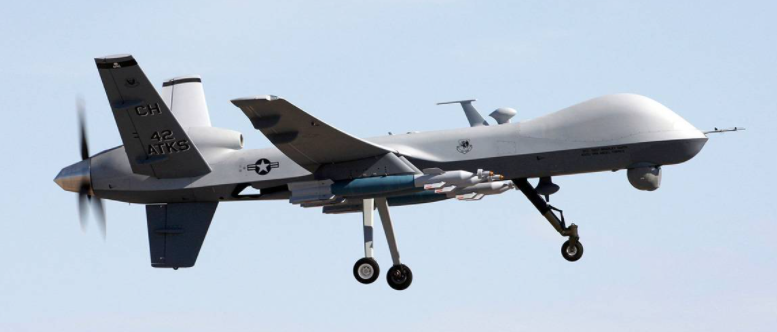July 15, 2021
2165
The autonomous control system of the UAV is a large, complex and uncertainty-oriented system. It is composed of multiple subsystems. Each subsystem is connected and independent of each other. Therefore, it is modularized and controlled independently as much as possible to prevent The failure of one subsystem affects other subsystems. However, it is a whole. The unified management and operation of each subsystem should be maintained. The quality of its design is directly related to the overall performance of the system and the level of intelligence.
The main function of the autonomous control system is to realize the flight control and management of the UAV. It is the flight and safety critical system in the UAV airborne system. With reference to the related concepts and definitions of the integrated aircraft management system of the manned fourth-generation fighter aircraft, it can generally be considered that the autonomous control system of the UAV consists of the mission management system (Mission Management System, MMS) and the vehicle management system (Vehicle Management System, VMS) in terms of physical structure. The main part is composed. As the name suggests, MMS is mainly oriented to task execution management, while VMS is mainly oriented to the realization and guarantee of flight functions.

For ease of understanding, MMS and VMS can be mapped to the functional hierarchical structure of the intelligent control system, where MMS is at the top and VMS is at the bottom. In terms of function division, VMS mainly undertakes the related functions of the coordination layer and the execution layer, while MMS mainly realizes the functions of the organization and decision-making layer. Therefore, based on the above composition and structure, the UAV autonomous control system usually needs to implement the following main functions.
3.1 Task management
The realization of task management is based on the task goal, relying on the airborne MMS to achieve task decision-making and management of variable autonomous authority. It mainly includes the following functional modules: judgment of variable autonomous authority (authorized by the task control station); task sequencing and assignment; this Aircraft task planning and real-time re-planning; task interpretation; task flow and task execution management; system monitoring and exception handling; task load management and control; friend or foe identification and target positioning; machine station communication, etc.
3.2 Flight management
The flight management function belongs to the coordination layer in the hierarchical structure of the intelligent control system. The main function is to manage and guide the UAV to automatically realize the flight plan in an optimal way, and it can also directly receive instructions and guidance. The main functions of flight management include: navigation solution (including integrated navigation and relative navigation); flight stage management; flight performance management; route management (including trajectory planning and re-planning); maneuvering trajectory generation; guidance (including four-dimensional guidance, refueling) Guidance, formation guidance, ship-based take-off and landing guidance, etc.); formation coordination, etc.
3.3 Control and execution
Control and execution mainly refer to the traditional flight control and integrated control functions. According to the flight management generation and trajectory commands, the UAV and power are coordinated and controlled to realize the speed control and attitude control of the UAV platform, so as to ensure the realization High-precision trajectory tracking to achieve the required platform flight status for the mission. Its main functions include: control mode selection; generalized control surface control (including aerodynamics, vector, air intake, taxiing correction device, etc.); engine full authority digital control; integrated flight/fire/push control; boundary protection and limit state suppression ; Self-repairing reconstruction control, etc.
3.4 Platform equipment management
Platform equipment management mainly completes the monitoring, control and management of working status failures of sensors and mission equipment (such as navigation, atmospheric data, radar, links, etc.) directly related to mission management, flight management, and flight control on the drone. Its main functions include: kinematics/dynamic sensor management; servo system management; communication link management; energy management (including auxiliary power, fuel, electrical, hydraulic, etc.); landing gear/brake system management, etc.
3.5 System health management
Health management is mainly used to monitor and predict airborne sensors, actuators, engines and airframes, to realize the diagnosis, mitigation, repair and inspection of their health status and faults, and to record the results and send reports. Its main functions include: BIT ; Redundancy management; fault detection, diagnosis, isolation and prediction; data recording and sending, etc.